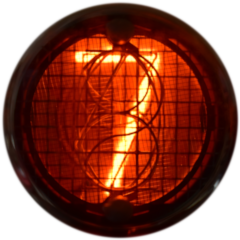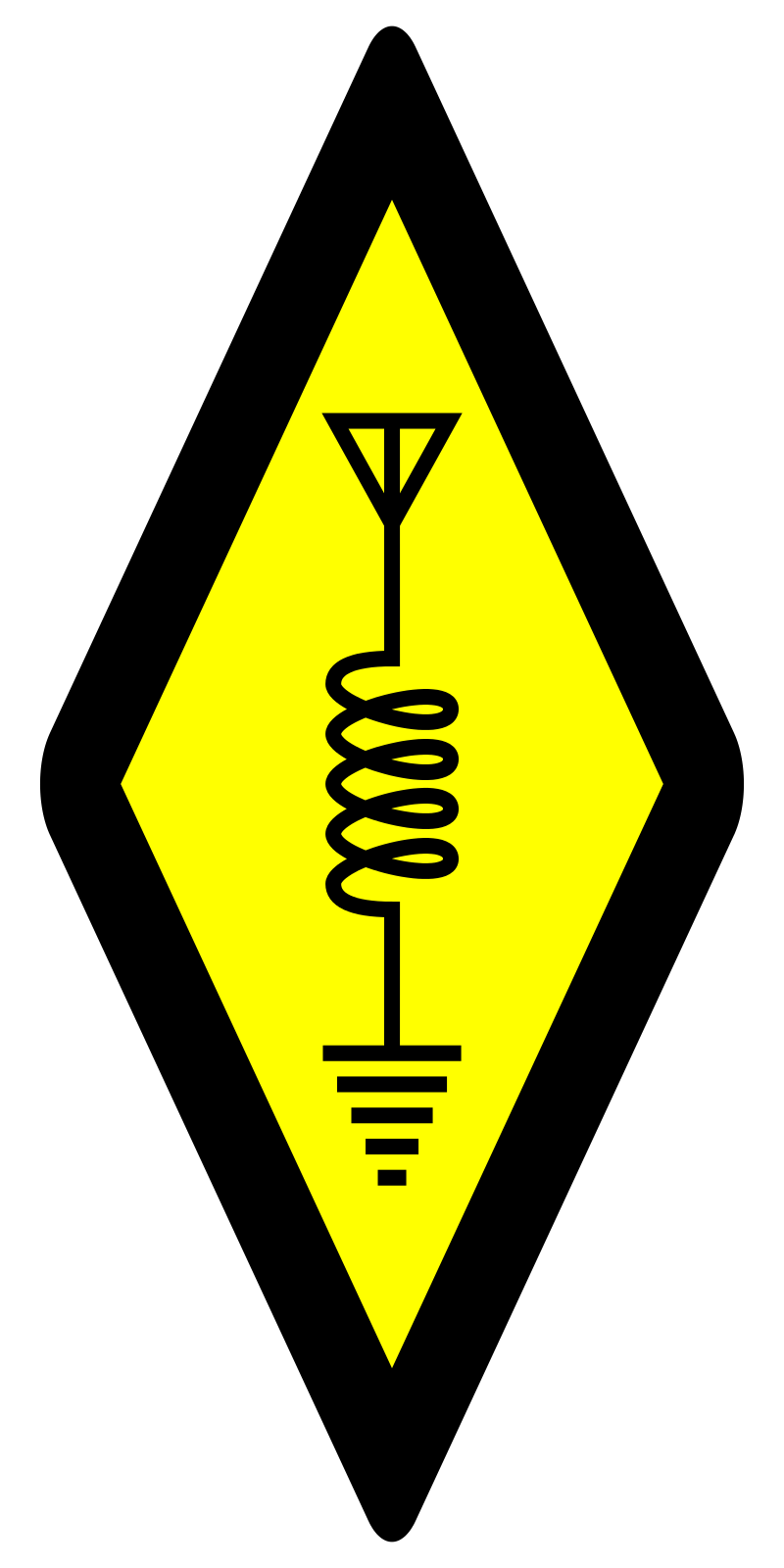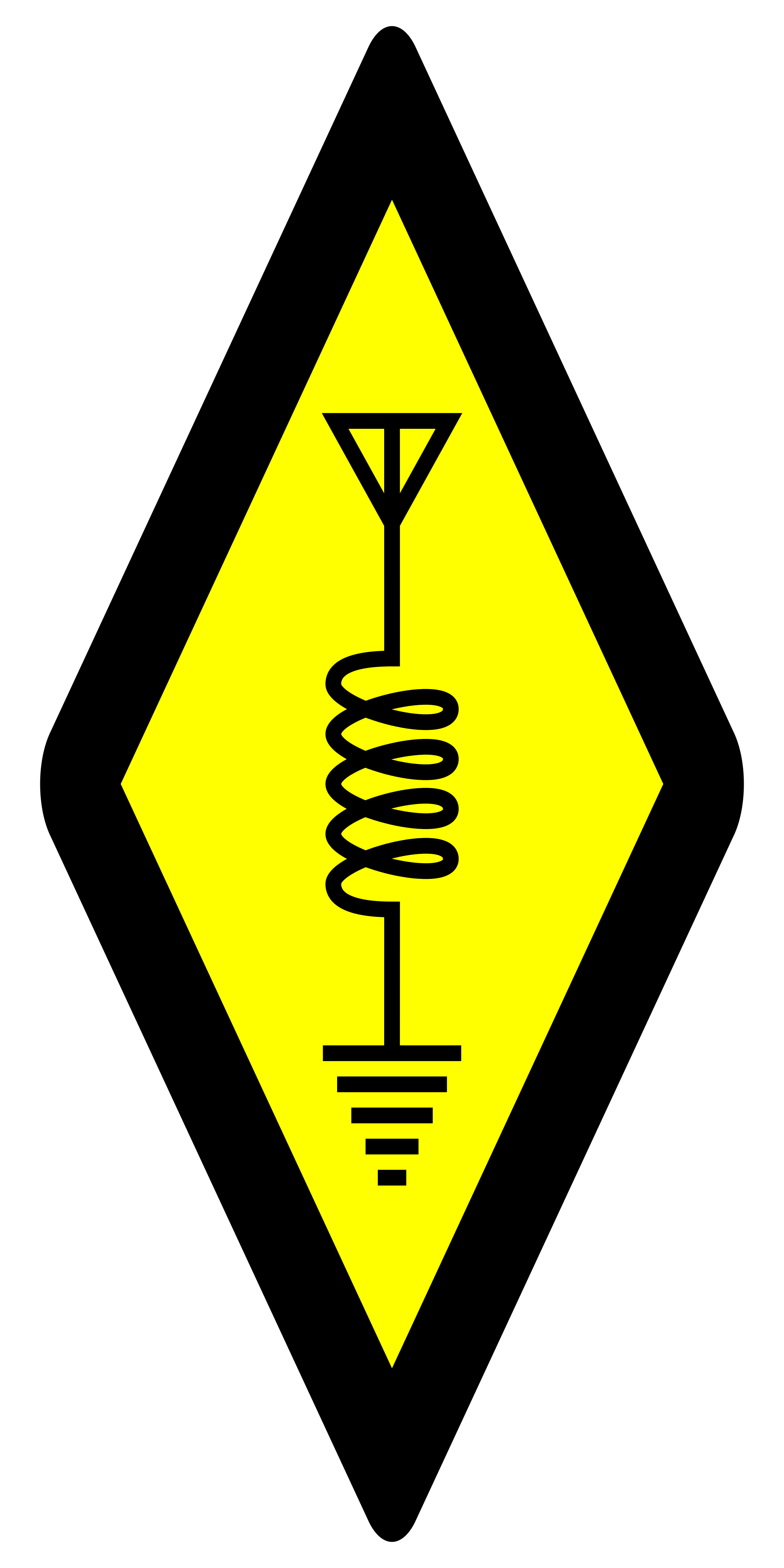- 5 Posts
- 19 Comments
That’s a nice radio. It has memory banks, which are essential for managing the 1000 channels it holds. For some reason, Yaesu stopped putting memory banks in their newer radios. The US version is tri band, which is nice if you have any 1.25m repeaters nearby. The batteries are a bit expensive though.
That’s a good signal for an HT. Were you using a directional antenna?
Make sure auto slant is checked in QSSTV. It will help with the skewing.

 7·6 个月前
7·6 个月前You don’t need any special equipment. A baofeng or RTL-SDR will work fine. The stock antenna on a baofeng will pick up the ISS on a high elevation pass if you hold it sideways. A handheld yagi can be built from some scraps of wire and wood.

 8·7 个月前
8·7 个月前No, you need an audio interface such as a Signalink or Digirig.
You could also make a simple interface with a couple of audio cables connected to your sound card. You will need an L pad to reduce the line level from the computer down to microphone level for the radio. For some modes like SSTV, you can use the VOX function on your radio to transmit, Many other modes will need some sort of PTT control because VOX will be too slow.

 2·7 个月前
2·7 个月前Yes, you can use a vertical antenna, but it’s not ideal. There is a null overhead. They will work better on lower elevation passes. If the vertical is on an HT, you can hold it sideways to receive on a high elevation pass.
There are omnidirectional antennas for satellites such as a quadrifilar helix or turnstile antenna that will work very well for stronger signals like the ISS and the old NOAA satellites.
I wouldn’t go any closer than 2 wavelengths. 3 or more would be preferable.
Keep the transmitting and receiving antennas a few wavelengths apart to prevent damage, farther if you’re using an amplifier. You can transmit right next to the RTL-SDR with an HT if you disconnect the antenna from the SDR. It will still receive the signal from across the room.

 3·7 个月前
3·7 个月前The ISS is an easy one to start with. The signal is much stronger than most of the others.
I made some contacts on 20 & 40 meters. I had too much stuff to do today, so I was only able to be on for a couple of hours. 20 was very crowded in the NW US.
PVC doesn’t really work well for a mast above 20 feet or so. Pipe couplers are not strong enough to join the sections, there needs to be a foot or more of overlap.
The FCC sets what parts of the bands can be used for phone and what’s CW or data only. Apart from that everything is basically a gentleman’s agreement. Since HF can go a long ways, there’s no point making local band plans for it. VHF and up is shorter range and some areas have different needs than others. There are frequency coordinators that handle the band plans and repeater pair assignments. Some states have more than one frequency coordinator for different parts of the state. Some frequency coordinators only handle repeater pairs and don’t publish a band plan.
On VHF and up, each state will have their own bandplans. Look up the bandplan for your state and look for simplex frequencies.
The nation wide FM calling frequencies for 6m, 2m, 1.25m & 70cm are 52.525 MHz, 146.52 MHz, 223.5 MHz & 446 MHz.

 3·1 年前
3·1 年前You will want an HF radio to make use of your general class privileges. The Yaesu FT-710 and Icom IC-7300 are good HF base station radios, but will cost around $1000 not including a power supply, antennas, and coax. If you want something cheaper, you can look at the Xiegu G90. It doesn’t have as good of a receiver and it’s lower powered, but it’s half the price and more portable. None of these will do 2M or 70CM, so you will need another radio if you want to work local repeaters.

 4·1 年前
4·1 年前The Anytone 878 is one of the best DMR radios you can get for ham radio use. If you don’t need DMR or APRS, then you could save some money and get a Yaesu FT-60.

 2·2 年前
2·2 年前Sdrplay does work on Linux. Unfortunately, the driver is closed source though. You will have to install it manually and possibly have to compile the software you use to enable that driver. Also, the driver is only available for X86_64 and ARM64, so if you are using any other CPU, then it won’t work.
I have an SDRplay RSP1A and it works best using SDR++. GQRX works, but there is no low IF mode and no control over the filters or bias-t. CubicSDR and SDRangel work too, but low IF mode is buggy. The hardware is good, but I never would have bought it had I known the driver was closed source.
There is also the QMX transceiver from QRP Labs. It can do CW as well as single carrier FSK digital modes.
I would suggest getting a radio that can do SSB. There are a lot of digital modes that won’t work with radios like the QDX or QMX.
The Yaesu FT-60 is a good choice if you only want analog FM.






You can have separate banks for each city. That way you can scan just the repeaters for the city you are in. I have a radio with 1000 channels and no memory banks. I have to hook it up to the computer and reprogram it whenever I go to a different area.
On the Yaesu radios that support memory banks, you don’t have to use them. You can put the same channel in multiple banks or put every channel in one bank.